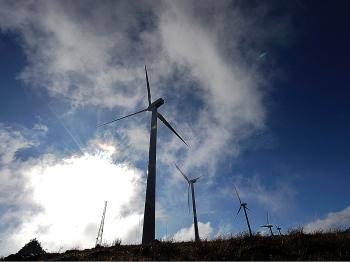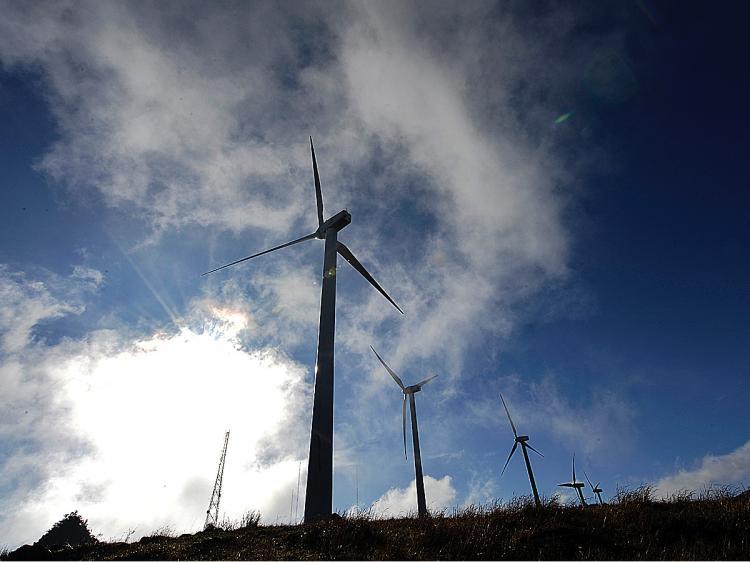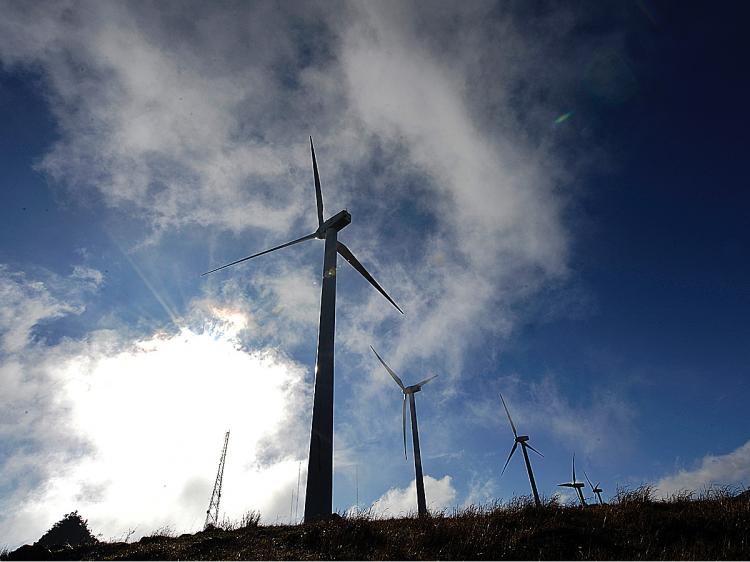Clean Energy Sector Hit by Financing Crunch
Business ventures into the clean energy sector have been on a roller coaster ride of on-and-off funding opportunities.

Investors are leery of alternative energy, because it does not offer immediate returns. Tony Karumba/AFP/Getty Images
|Updated:





